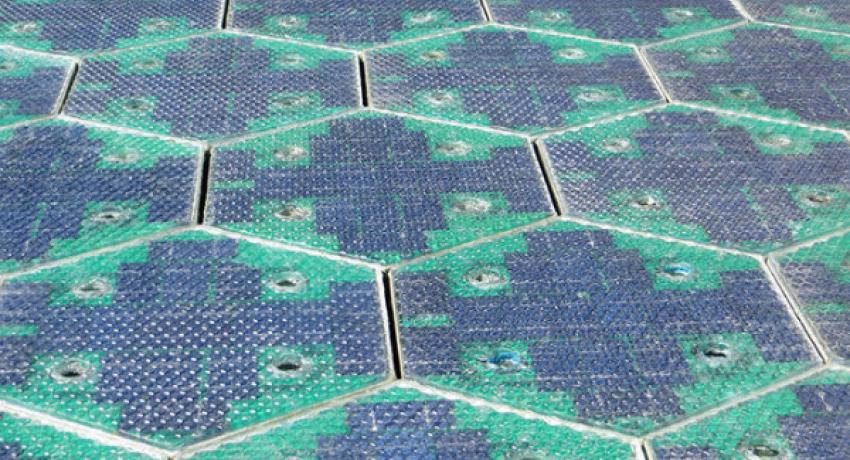
Many solar power projects are going on all over the world. One of the most fascinating is solar roads. Solar roads have seen success stories from American startups to French prototypes. Where is the technology? We will likely see them shortly. Let’s discuss their role in the world and whether they are worth the effort.
Solar Road Professions in the United States
It is a slow process at the homefront. Solar Roadways’ Route 66 Experiment is an attempt to solve this problem. However, it needs to offer more benefits to justify paving all of the United States with solar road tiles. Although these roads have other benefits, they need to be more practical.
Safety concerns are present, as well as high costs. Solar roads have yet to be proven to be a viable option in the United States. However, they are not the only country giving it a chance. China, France, and the Netherlands are all undergoing similar projects.
The Shandong Project, China
China has opened a one km-long solar road to find new uses for solar panels. It doesn’t look suitable for solar roads: China’s data suggest that generating large amounts of electricity is not feasible annually.
It’s not worth the $ equivalent cost. Although solar energy can power an entire country, it still needs to be used in large-scale road projects. While solar power prices continue to drop worldwide, it’s still not easy to get low-cost solar panels for your road projects.
The French Wattway
France leaped in 2014, being called the “World’s First Solar Road” by ARS Technica. It was strategically located in Tourouvre au Perche, Normandy. This was a “baptism-by-fire” of solar roads.
It sounds like a broken record that solar roads are too costly to implement. Solar roads may not be as practical as they seem due to the environmental impacts of solar panel production and technology. However, they are possible to implement.
The Dutch Solar Bicycle Path
The Dutch created a solar pathway to make it more suitable for cyclists than automobiles. The results were far better for their efforts in terms of durability after the top layer of the road was removed within the first year. They had to replace it with a more substantial material. They were able to see the problem with laboratory-tested panels for road construction.
The numbers don’t add together. SolaRoad, the Netherlands’ bicycle route, could have bought 520,000 kilowatts. It generated just 3,000 kilowatts in its first year. Durable, yes. Sustainable? Not quite.
Solar Roads Expanding Soon?
These projects are likely to appear only in some places. Many countries have tried to implement solar panel roads but have not seen a return on their investment.
Safety concerns are also present since you’re riding on textured glasses. Eric Weaver, from the Department of Transportation in the US, states, ” We cannot say that it would make roads safe for vehicular traffic.
Solar roads can melt snow and power streetlights. In the case of “Solar Freakin” Roadways, even eliminate the need for asphalt to be painted with yellow and white lines. Instead, they use LED lights. Although the benefits are impressive, they could be a better investment.
Inspirational, But Impractical Tech
Solar roads are years behind the technology they need as of 2018. Unless production costs drop, they won’t be found in densely populated areas anytime soon.
